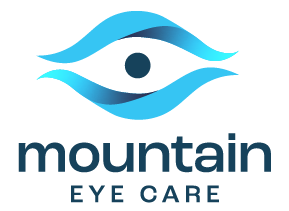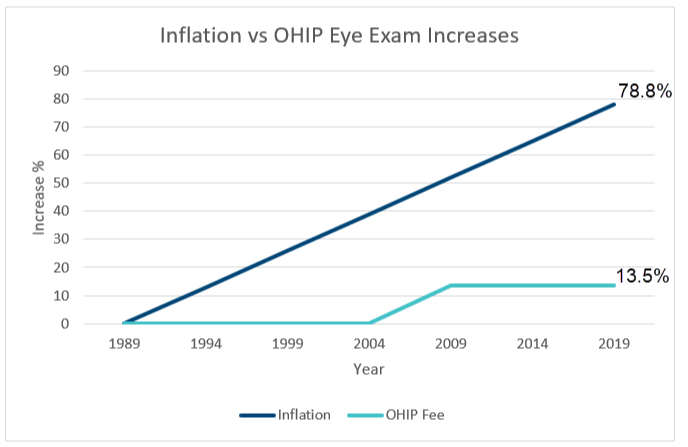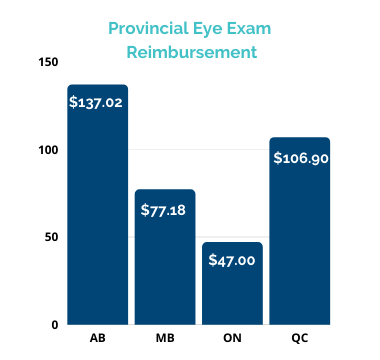Low vision is a condition that affects approximately three million people in North America. It may be caused by a number of factors, including hereditary diseases, eye injury/trauma, age-related macular degeneration (AMD), diabetic retinopathy, glaucoma, and cataracts.
If you are experiencing low vision, it is essential to seek medical attention from an ophthalmologist who can help diagnose the cause and recommend treatment options. It is also essential to make adjustments in your daily life to compensate for your reduced vision. This may include using large print books and newspapers, enlarging the text on your computer screen, or using special low vision aids. With the help of an ophthalmologist and some modifications to your lifestyle, it is possible to continue living an active life with low vision.
Vision rehabilitation includes a variety of services, depending on the individual’s needs. These services may include:
– Training in how to use adaptive devices, such as magnifiers or telescopes
– Help with tasks that are difficult because of low vision, such as reading or cooking
– Counselling for emotional support
– Referrals to other services, such as social work or occupational therapy
Vision loss can be a difficult experience to go through. Many people find themselves feeling angry and frustrated when they learn that their vision loss is irreversible. It’s important to recognize/acknowledge these feelings and work through them with the help of a counselor or support group. In addition, learning about the strategies of vision rehabilitation will help you stay active and avoid depression.
Children suffer from low vision as well. There are many different causes of childhood low vision, which can range from congenital problems with the eye to injuries or diseases that affect the eye later in life.
Some common causes of low vision in children include:
– Cataracts: a cataract is a cloudy area on the lens of the eye that can cause decreased vision. Cataracts can often be surgically removed to improve vision.
– Glaucoma: Glaucoma is a condition in which too much pressure builds up inside the eye and may cause damage to the optic nerves and lead to vision loss. Glaucoma can often be treated with medications to reduce pressure inside the eye.
– Retinitis Pigmentosa: Retinitis pigmentosa is a hereditary condition that causes progressive damage to the retina, leading to decreased vision and eventually blindness. There is no known medical cure for retinitis pigmentosa, although some treatments can slow down its progression.
– Macular Degeneration: Macular degeneration is a condition that affects the central part of the retina, causing decreased vision or blindness. There is no medical cure for macular degeneration, but treatments are available to help maintain vision.
If your child has low vision, it is important to work with an ophthalmologist or optometrist who specializes in low vision care to develop a treatment plan. This may include using low-vision aids such as magnifying glasses or special eyeglasses, as well as strategies for improving daily activities like reading and writing. With early diagnosis and intervention, most children with low vision can still achieve their fullest potential. As a parent, it is critical to be aware of the signs of low vision in children. All children who present atypical symptoms should see a specialist with experience in the assessment and treatment of children’s vision as soon as parents or guardians suspect a delay.
Medical eye exams by a specialist are critical to diagnose eye diseases early in children. Eye diseases that can occur in childhood include glaucoma, cataracts, and retinitis pigmentosa. Left untreated, these diseases can cause permanent vision loss. There are many treatments available for low vision, depending on the cause of the condition. Some treatments include eyeglasses, contact lenses, medicines, and surgery. The best way to treat low vision is to catch it early, so be sure to have your children’s eyes examined regularly by an ophthalmologist. Vision rehabilitation involves teaching patients how to use their remaining vision to the best of their ability. This may include learning new ways to do activities, using special devices or adaptations, and training in compensatory techniques.
In addition to devices, there are many other strategies that can help people with low vision. These include:
– Keeping a well-lit environment
– Avoiding glare from lights or windows
– Placing objects in plain sight
– Using high contrast colors
– Marking edges of stairs and pathways
Low vision may be challenging for people to live with. However, with the help of vision rehabilitation, many people learn to live relatively normal lives. If you or someone you know is living with low vision, it is important to seek out these resources and get the help you need. With the right tools and support, it is possible to continue living a full and active life.


